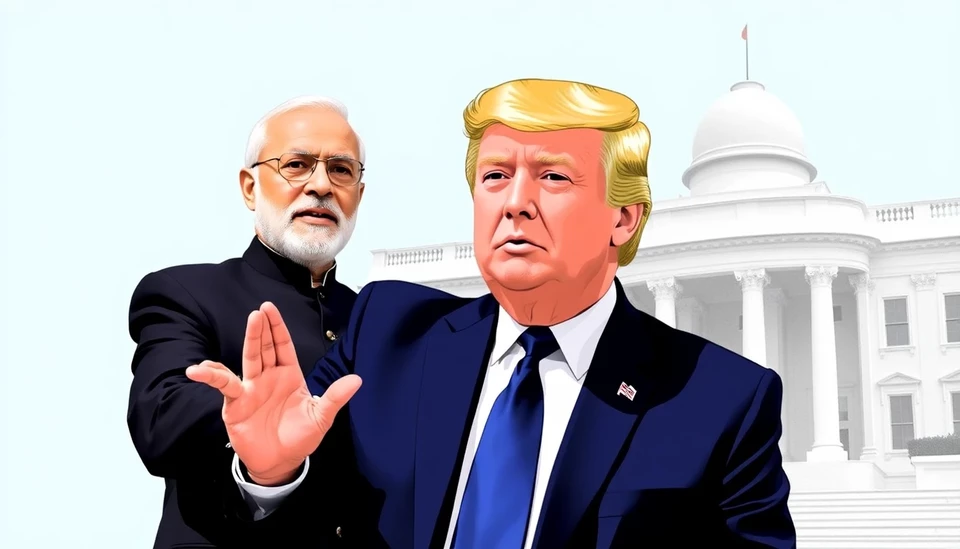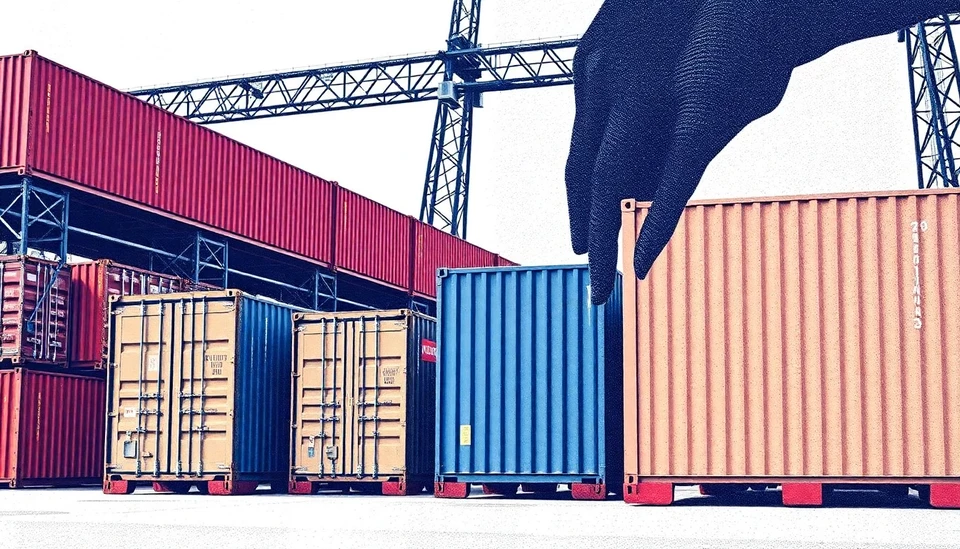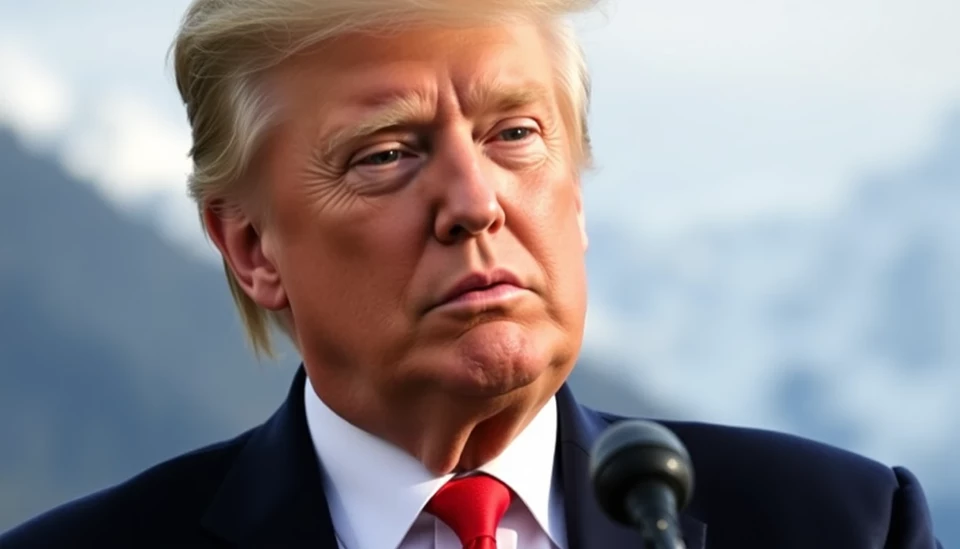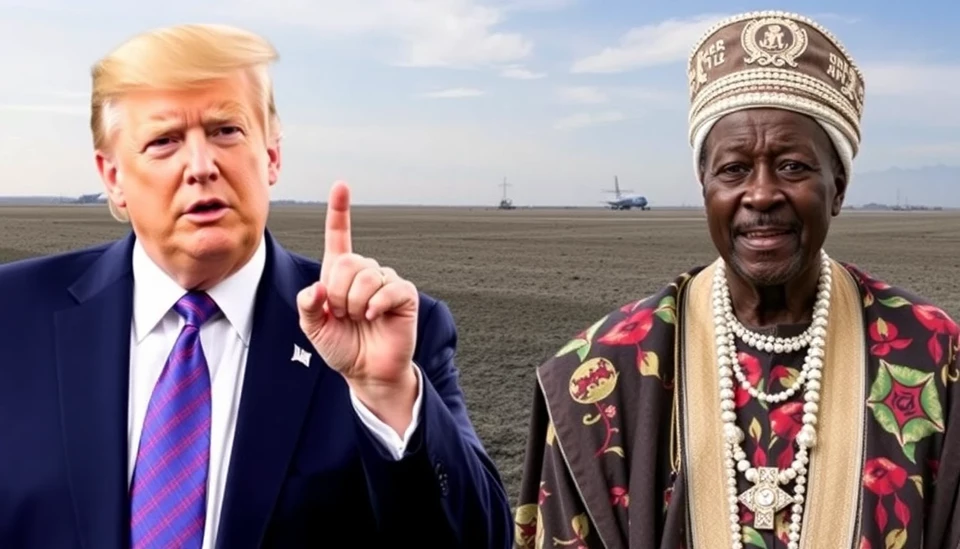
In a significant move that could reshape the economic landscape, former U.S. President Donald Trump has imposed a hefty 26% tariff on a range of imports from India. This decision is part of a broader strategy to renegotiate trade agreements with key ally nations and assert the U.S.’s stance on international trade practices. Trump's announcement has raised eyebrows among economists and policymakers, as it signals a potential shift in U.S.-India relations and aimed specifically at addressing the trade imbalance that Trump has long criticized.
The new tariffs are set to affect multiple sectors, including technology products, textiles, and pharmaceuticals, which are crucial to India's export economy. Trump's administration has pointed to the need to protect U.S. jobs and industries, emphasizing that India's trade practices have not been equitable. The former president echoed his long-standing argument that countries must play fair in the global market, showcasing this tariff as a tool to ensure America gains a fair deal on trade.
Prime Minister Narendra Modi, who has been a strong ally of Trump, now faces significant pressure to respond. The relationship between the two leaders has historically been characterized by mutual respect and collaboration, yet Trump's latest move puts Modi in a precarious position. As India grapples with its own economic challenges, the imposition of these tariffs could lead to retaliation and escalate tensions between the two nations.
Economic analysts predict that this tariff could lead to a ripple effect, impacting not only bilateral trade relations but also the global trade framework. If India retaliates, it could spur a trade war that may adversely affect various sectors in both nations, consequently impacting global markets. Companies operating across borders, especially in technology and manufacturing, are closely monitoring the situation, as uncertainty in trade policies can lead to disruptions in supply chains.
While the tariffs take effect immediately, discussions on potential negotiations have been steered by U.S. Trade Representative Katherine Tai, who emphasizes the importance of dialogue. However, she has not ruled out the enforcement of additional trade measures if India does not adjust its practices. The coming weeks will be crucial as both nations determine how to navigate this new trade landscape.
In reaction to the tariffs, Indian officials have expressed concerns about the implications for bilateral economic cooperation and the spirit of constructive dialogue that has characterized U.S.-India relations in recent years. Modi's government is expected to approach the situation with caution and strategize its response to mitigate the economic fallout for Indian exporters.
As the situation develops, it is clear that this newly imposed tariff by Trump will not just affect trade dynamics but will also test the robustness of U.S.-India relations in a rapidly evolving geopolitical landscape. How both nations respond could define their economic relationship for years to come.
Economists agree that navigating through this turbulent trade environment will require careful negotiation strategies to ensure that both countries can find common ground without allowing tariffs to become a permanent fixture in their economic interactions.
As the world observes the unfolding events, the attention is now on Modi's next move and how he will address the mounting pressure from one of India's key allies while balancing the needs of his nation’s economy.
Stay tuned for updates on this developing story as the implications of Trump's tariff strategy continue to unfold.
#TrumpTariffs #IndiaTrade #Modi #USEconomy #InternationalRelations #GlobalTrade #TariffWar #TradeNegotiations #EconomicImpact
Author: Rachel Greene




